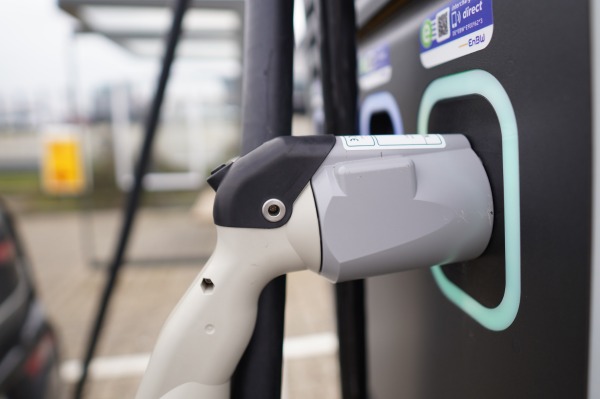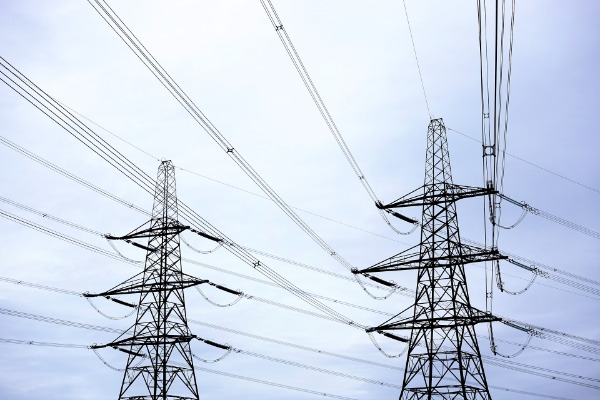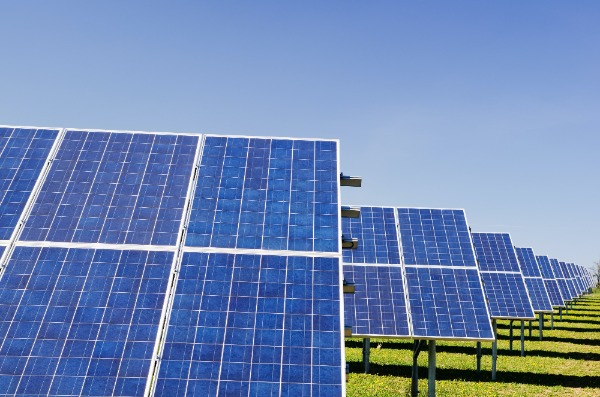This past November, the United States took a huge step toward a net-zero future when President Joe Biden signed into law the $1 trillion Infrastructure Investment and Jobs Act. The much-heralded and long-awaited legislation includes provisions to support clean energy initiatives such as the use of electric vehicles and other alternative fuel vehicles. It is part of the President’s ambitious climate action plan, a key component of his campaign promises.
Having analysed the contents of the new law, we share our views on how the new legislation will impact the US EV industry. The big question: will the new law lead to wider adoption of electric vehicles in the country?
1. Building infrastructure for EVs and alternative fuel vehicles

One of the main goals of Pres. Biden’s climate plan is to promote the use of green vehicles. The president had earlier signed an executive order calling for half of all new car sales to be electrified by 2030. To do this, the US would need a nationwide network of charging stations to help convince Americans to switch to EVs.
The new legislation sets aside $2.5 billion to fund the construction of charging and fuelling stations for electric and other clean energy vehicles over the next five years. This will provide the necessary infrastructure to support the use of EVs as well as hydrogen, propane, and natural gas vehicles.
The Biden administration hopes to build at least 500,000 charging stations across the United States by 2030. That’s equivalent to about 136,400 gas stations, according to one estimate. These will add to the 41,400 devices currently available in the country. However, only 5,000 of the existing stations are capable of fast charging.
2. Finding out the environmental impact of EVs
It’s been established that driving electric vehicles doesn’t produce as much carbon footprint as driving fossil fuel cars. However, one point of contention from EV critics is how much CO2 emissions are produced during the production of EVs.
In a study by the MIT Energy Initiative, researchers found that manufacturing batteries and fuel sources for electric vehicles produce higher emissions than building traditional fossil fuel vehicles. Yet the paper also notes the higher greenhouse gas emissions of EVs from countries using carbon-intensive electricity than those using green electricity. In other words, while manufacturing EVs requires more energy than ICE vehicles, the carbon impact of that difference can be mitigated with higher uptake of renewable energy.
Pres. Biden’s infrastructure law provides for the study and reporting of the environmental impact of electric vehicle use. The insights gathered will help determine strategies for implementing an EV plan moving forward.
3. Creating an EV working group
The new legislation also facilitates the establishment of a working group to provide recommendations on electric vehicle use. These include the development, adoption, and integration of light-, medium-, and heavy-duty EVs into the US transportation and energy systems.
Some manufacturers are already developing powertrains in large, commercial vehicles, particularly in the realm of fuel cell technology. Toyota and Hyundai are two major car makers leading the way in testing powertrains in these models.
4. Exploring second-life applications of EV batteries for grid services

As the world faces a potential energy crisis in the future, research is being done to explore the possibility of using EV batteries for grid services.
Lithium-ion batteries are designed for about a decade of useful life in EV applications. However, they can degrade strongly during the first five years of operation. While these batteries may no longer be suitable for use in electric vehicles, they can still find a second life as excellent energy storage.
A McKinsey report identified three key applications for second-life EV batteries:
- Provide reserve energy capacity to maintain a utility’s power reliability at lower cost
- Defer transmission and distribution investments
- Take advantage of power-arbitrage opportunities by storing renewable power for use during periods of energy shortages
- There is also the possibility of second-life batteries becoming 30% to 70% cheaper than new ones by 2025, according to the same report. This means reusing old EV batteries could tie up significantly less capital for each cycle.
The new infrastructure law facilitates the use of second-life electric vehicle batteries for energy storage installations. The goal is to provide ancillary services for grid stability and management, as well as to reduce the peak loads of residential and commercial areas.
5. Improving EV battery recycling
The Biden administration is also keen on addressing the issue of recycling electric vehicle batteries.
EVs and conventional vehicles have mostly the same parts. However, while conventional vehicles use lead-acid batteries, most EVs rely on lithium-ion batteries. This is where the problem lies.
Nearly all (99%) of lead batteries are recycled, according to the World Economic Forum, compared to 5% or less of lithium-ion batteries. This disparity in figures can be attributed to the high cost and complexity of recycling lithium-ion batteries.
The infrastructure law tasks the federal government with conducting research, development, and demonstration of second-life applications for EV batteries. It also provides for the creation of technologies and processes for the final recycling and disposal of these batteries.
So far, only a handful of companies and organisations offer EV battery recycling services. Tesla said it is capable of recycling as much as 92% of its battery cell components. Meanwhile, Volkswagen has opened its own battery recycling facility in Germany, while Toyota is currently developing its battery end-of-life technology.
6. Reporting on hydrogen and other alternative fuel vehicles and infrastructure
Aside from electric vehicles, the new legislation also promotes the research and development of alternate fuel technologies. One of the areas currently being explored is a hydrogen fuel cell electric vehicles (FCEV).
The federal government plans to build additional hydrogen fuelling stations, along with EV charging stations, across the country. This will make it possible for FCEVs to be adopted on a larger scale.
Right now, the Toyota Mirai and the Hyundai Nexo are the only two FCEVs being produced. In the case of Hyundai, the company refuses to sell more Nexos until more fuelling stations are built. The carmaker is also seeking regulatory approvals in several different states for its vehicle. It expects the building up of FCEV infrastructure to take a few more years.
What happens next?

The infrastructure law delivers much on Pres. Biden’s campaign promised to fast-track the US’s net-zero efforts. However, it is still only just one part of his overarching plan to combat the impact of climate change in the country and the world.
Biden is also pushing for his Build Back Better bill to complement the infrastructure law. While the latter focusses on promoting EV adoption, the former is geared toward switching the US to renewable energy sources. The BBB plan involves building wind turbines and solar farms to replace fossil fuel power plants.
Build Back Better is still being debated and negotiated in the US Congress. If the bill is passed and signed into law, it would pave the way for the US to switch to clean energy, with a series of consumer rebates and tax credits designed to cut the high cost of electrification.
VivoPower fully supports the US government’s net-zero plan as outlined in Pres. Biden’s infrastructure law. One of the biggest roadblocks in EV adoption has been the lack of charging stations to support the needs of the commuting public.
The new legislation addresses this by funding the construction of additional chargers across the country. Consumers will now have more reasons to replace their traditional fossil fuel vehicles with cleaner and more energy-efficient EVs.
As a leading provider of sustainable energy solutions (SES), we believe in the many benefits of electric vehicles. We hope to see more national and local governments promoting the use of clean energy in their countries.
